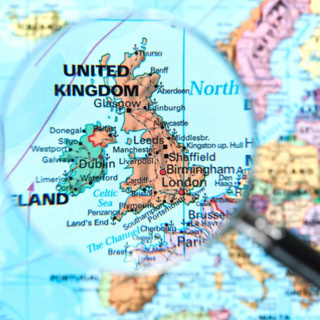Om episode
Would Britain go to war in Ireland? Was military action its only available response to the republican party, Sinn Fein, and its determination to govern an independent nation from its own parliament, the Dáil? And, indeed, was it in Britain’s power to go for that option? At first, that certainly seemed to be the way things were heading. Attacks by IRA units against the police or army led to increasingly brutal reprisals by the British authorities, using the notorious Black and Tans or the Auxies, as well as soldiers. Two of the most shocking events were the firing on the crowd at a Gaelic Football stadium on ‘Bloody Sunday’, 21 November 1920, and the burning of Cork the following month. In the end though, the Lloyd Government had to decide that it lacked either the strength or the stomach to force the Irish to bow to their rule. The earlier decision never to negotiate with terrorists had to be dropped and, in the summer and autumn of 1921, discussions finally led to what Lloyd George believed was a triumph of his negotiating skills. He won the agreement of leading Sinn Fein men to a Peace Treaty that partitioned Ireland, hiving off the six Protestant-majority counties of the North which would remain inside the United Kingdom, while the other 26 would form a new Dominion, the Irish Free State, within the British Empire. It seemed like a triumph for him. But that feeling wasn’t going to last long. Illustration: Workers clearing rubble on St Patrick's Street in Cork after the fires (detail). National Library of Ireland on The Commons @Flickr Commons Music: Bach Partita #2c by J Bu licensed under an Attribution-NonCommercial-No Derivatives (aka Music Sharing) 3.0 International License.
